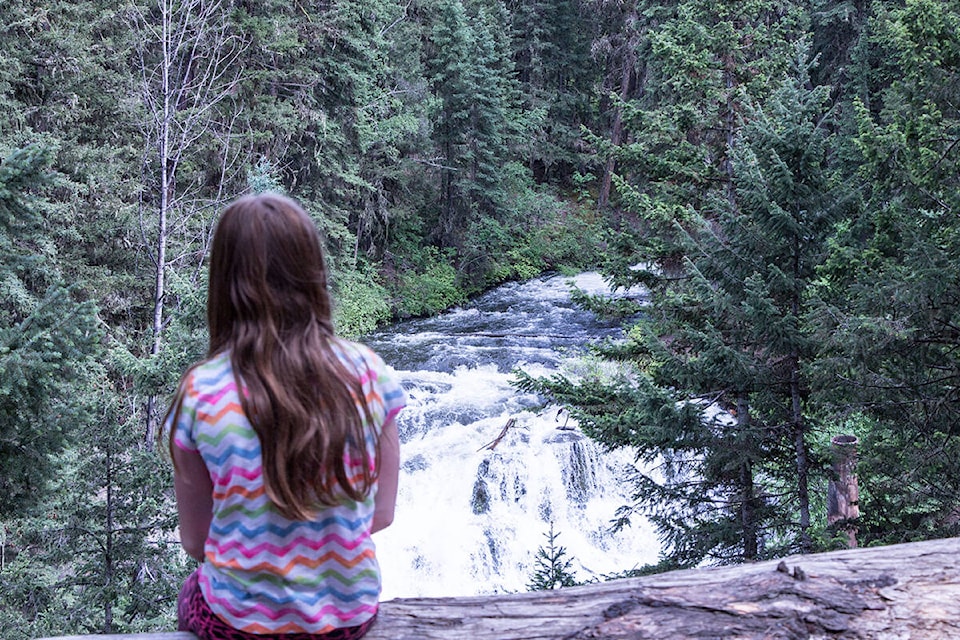For many centuries, humanity has been expanding its footprint, cutting down forests, paving over wetlands, and generally transforming the natural environment into villages, towns and cities.
We’re only now coming to understand how interconnected those ecologies and animals are with the climate and, for that matter, our well-being. After filling in diking and draining the salt marshes around the Bay of Fundy, only now are we learning about the rich environment they create as well as how much carbon the grassy marshes take out of the environment and the methane processed by microbes in the soil.
Hippos living in the Nile eat silicate-rich grasses growing along the river edges, pumping silicate back into the river and flowing into the ocean where it is used by diatoms to make their colourful glass shells
Diatoms, microscopic algae, are responsible for generating at least 20 per cent of the oxygen produced on the earth each year. Mess with the hippo’s environment, there are fewer diatoms and less oxygen.
It is a message environmentalists have been telling us for years: we have to learn to live within the environment, not fight against it.
And it’s not too late to change our ways. City planners are more and more recognizing the importance of passive parks and greenspaces within our cities. That’s a step in the right direction, as is community forests and better forest management.
–Black Press Media
